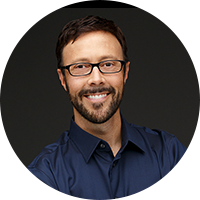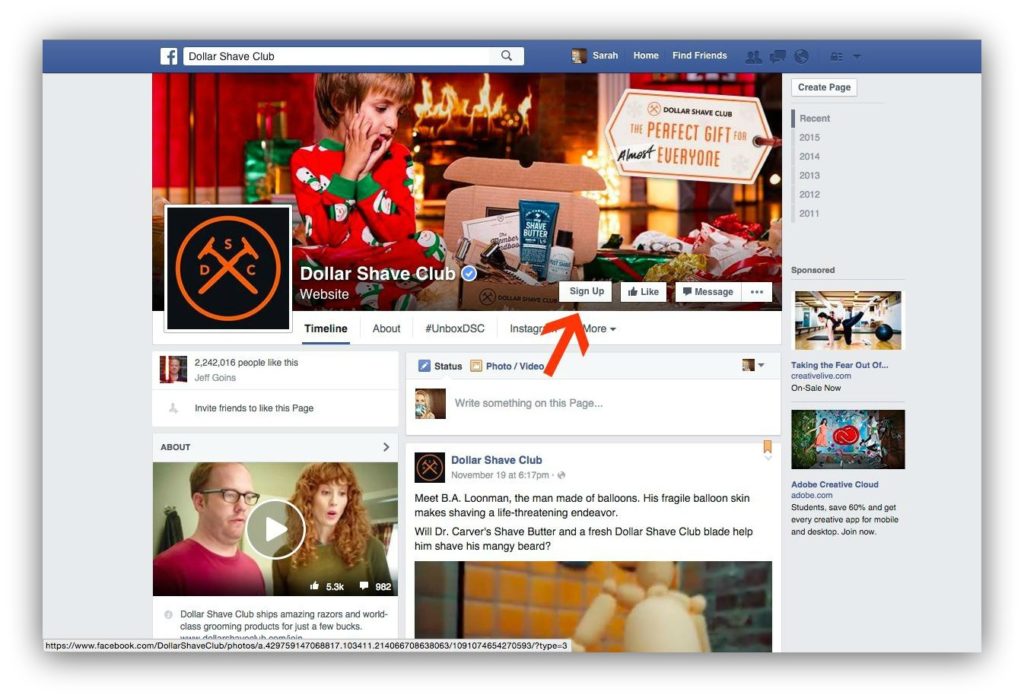Marketing Guides
Strategic Planning
How to Become a Brand Strategist
The most important role in marketing is that of the brand strategist. A good brand strategist can unify a company, influence a market, and architect and implement the brand experience that can directly affect the success of a company.
And a brand strategist is important when the economy is booming, or you’re reinventing yourself after the pandemic.
Yet there’s little training on how to become a brand strategist. While some believe that strategists are born, not made, if you have a mix of analytical skills, an appetite for learning, and an understanding of creative and human psychology, you can learn to become a good brand strategist.
There’s no specific educational background for this role. Brand strategists come from a variety of educational training: psychology, writing, design, business and the arts. My degrees were in economics and communications. If I had the bandwidth in undergrad to add a third major, it would have been psychology; behavioral economics – the intersection of microeconomics, communications and psychology – has been one my new fields of study over the past decade, along with data science.
I tend to group brand strategists into two buckets:
- Architects of big consumer brands and lifestyle brands
- Architects of company brands, B2B brands and small to mid-level consumer product brands
The former typically have a natural gift for creativity and understanding what makes people tick, and will have thrived at an agency or big consumer product company. Their natural creative talent is apparent early on, both as a child growing up and early in their career.
The latter describes the rest of us, or the majority of brand strategists (in sheer numbers). This is the group that I’ll focus on for the rest of this post.
Base Skills to Become a Brand Strategist
Good brand strategists emerge from pursuing a conscious plan for gaining experience and honing skillsets. Strategic thinking is a must, but the rest can be learned. But you won’t learn in any academic program. What follows is discussion of the skills base you will need to develop.
Gain Industry Experience
When you start in marketing, you’ll probably start at the bottom as a coordinator or assistant. That’s fine, and it will expose you to the basic functions. Observe how your managers, directors and other business leaders approach the marketing function.
Learn Digital Marketing
Digital marketing is a critical component of almost every business. Learn about building websites, SEO, SEM, online advertising and email marketing (since you’re probably already familiar with social media).
Hone Your Copywriting Skills
In the Mad Men heyday, the copywriters led the creative vision. Copy, when paired with the right creative, works in harmony to influence and persuade. Learn to write headlines, summaries, body copy and perhaps some technical writing. Content marketing dominates the marketing landscape in 2019, so these skills will always be relevant.
Learn How to Art Direct
You don’t have to be a designer to art direct. Art direction is about understanding principles of design and how copy + imagery work together to convey a message or induce an action.
Learn the Different Types of Designer Profiles
Designers have specialties. There are logo designers, print designers, digital designers, brand creators and production designers. Learn the differences and be able to review a designer’s work and understand how to best utilize her skills.
Study Persuasion and Human Psychology
Humans are imperfect, but do follow certain patterns. For example, art directors know that a person will follow the eyes of the person in an image. When you use an image of a person looking straight at you on your landing page, the user will lock onto that person’s eyes. When you use an image of a person looking down at your CTA form, the user will follow that gaze to the form. Understanding how to harness human pattern-following will be valuable over the course of your career.
Get Some Agency Experience
Working in an agency will expose you to the creative process, the account management process and all of the complexities of putting together a complex campaign. It’ll help you select and manage agencies in your future work and understand how to get the best out of your own in-house resources when you’re managing an entire team.
Executing Brand Strategy Work
Building this skills base could take three to five years of your career, or perhaps longer. Once you have that base, you’ll have the foundation for becoming a brand strategist.
Next, you’ll want to be able to execute a number of strategic and tactical projects, which you’ll encounter at numerous times throughout your career.
Brand Positioning
This is the fundamental element of any brand strategy – the positioning of your brand in the marketplace. This is a strategic exercise (which is sometimes called competitive positioning), which defines how you’ll differentiate your offering to win mindshare in the market and be known for a certain “something.” This decision will drive the rest of your branding decisions.
Buyer Personas
A form of market segmentation, a buyer persona is a representation of a fictional character who is a buyer of your product or service. You’ll need to create a complete profile of this person, identifying her age, life stage, goals, challenges and want and needs. Your team will use this representation to attempt to make an emotional connection to her.
Brand Audits
You’ll probably conduct at least one brand audit per year, so it’s important to be comfortable with your step-by-step brand audit process, and have the proper tools to conduct them often. Conduct a brand audit whenever you begin working on a new brand, and use a brand audit every 12 to 24 months to ensure that your strategy is on track.
Brand Naming
Your name is such a critical part of your brand; sometimes, a great name becomes obvious after a creative session with talented people. Yet often a great brand name is the result of a lengthy research and creative process. Agencies follow a structured process with a number of people. You should too, for each time you need to choose a name for a company or offering.
Brand Architecture
A brand is an experience, and your brand experience is shaped by a number of elements that comprise your brand architecture: your brand creative, your logo, your brand messaging, your marketing campaigns, and how the people that represent your brand interact with your market and customers, including salespeople, customer service and support, and the people performing services. This defines your brand personality – the perception of your brand – and should be aligned with the mindshare you wish to own in the marketplace.
Brand Creative
As your brand grows, keeping your brand creative consistent with your brand strategy becomes an operational exercise. It’s a good idea to use a brand asset management system and have a defined creative review process to ensure that all of your brand creative – presentations, sell sheets, social media, digital and print ads – are consistent with your brand strategy.
Rebranding
You may run across the need to rebrand a company, product or service, so it’s a good idea to understand the dos and don’ts of rebranding and have a process for determining when and how to handle it.
Being a brand strategist is a fun, rewarding career. It’s a job that is always interesting and challenging. For most, it’s worth investing three to five years of work to build the skills and experience to do a good job.
***

Jim Sagar is the co-founder of Qlutch Marketing, Inc. – creator of the Brand Strategy Toolkit and CEO of Rehinged where his team leverages artificial intelligence for marketing and sales teams.
A Comprehensive Brand Strategist Toolkit
Everything You Need for Your Brand Strategy Projects
